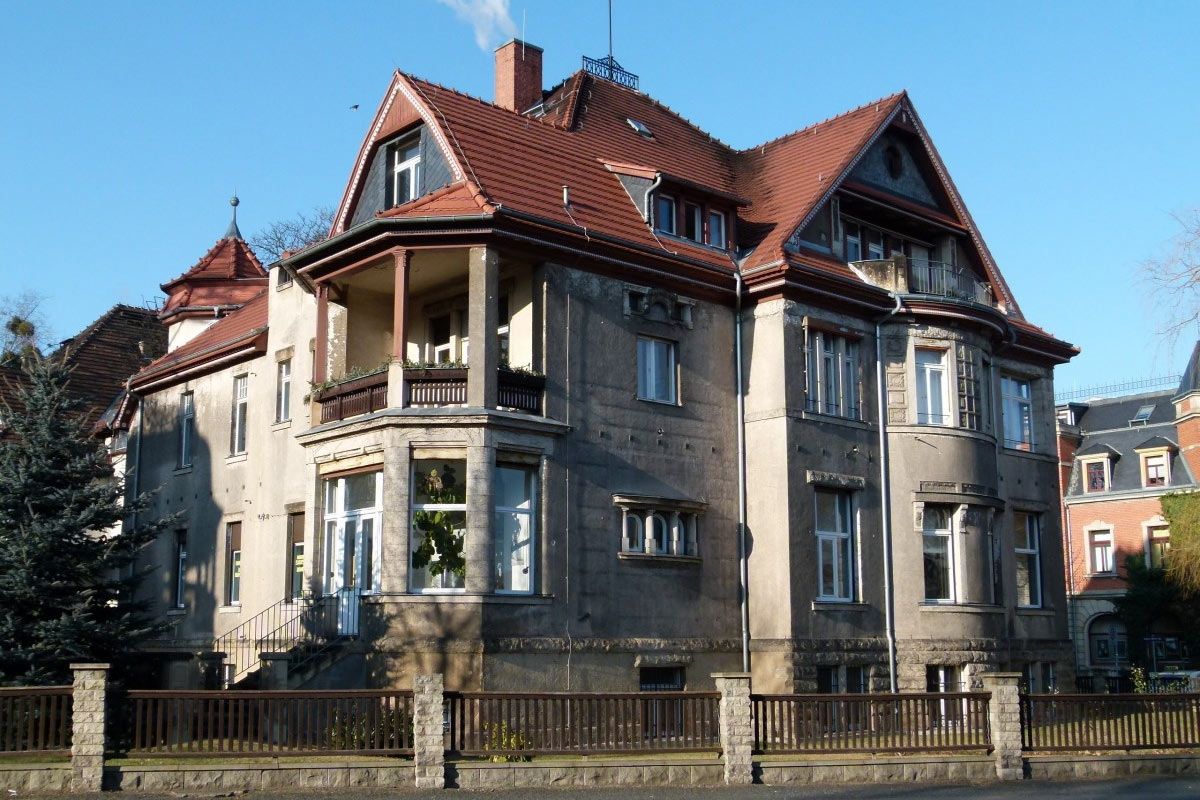Heritage listed homes are a cornerstone of Australia’s cultural legacy. Through them, we’re collectively able to preserve our history by maintaining the charming architectural style of a bygone era.
Although undoubtedly attractive, heritage properties come with a whole host of regulations which govern what repairs or renovations you can make.
Here’s everything a new homeowner needs to know before investing in a heritage property.
The Rules Vary
Heritage rules vary tremendously, depending on the state and local council in question. Generally speaking, changes must not affect the “significance of the heritage/conservation area.”
First off, ask your real estate agent if your potential new home is listed, what regulations are in place, and how the heritage listing affects the resale price. Although real estate agents are legally obliged to disclose this information, it’s prudent to double check the fine details in the contract as well.
The Planning Department of your local council will be another indispensable source of information. Contact the Duty Planner and ask for guidance to ensure council regulations align with your vision for the property.
Finally, liaise with a cultural heritage advisor to get a cost assessment for any desired renovations. These industry experts specialise in working on heritage listed homes.
You Can Make It Liveable
Heritage regulations generally allow changes intended to make a property more liveable in terms of a typical modern lifestyle. Examples include installing internet cables, TV antennas, smoke alarms, and air-conditioning or heating units.
Old light fittings can usually be replaced, provided they don’t detract from an intricately engraved ceiling or damage any ceiling tiles.
Most of the time, you can even redo the kitchen or bathroom in a contemporary 21st century style. This could include things like splashbacks, modern tiles and flooring, and shiny new benchtops.
However, there may be rules against installing anything to the front of the house where it’s visible from the street, depending on how obtrusive it is to the exterior aesthetics. Always check with the council before undertaking works.
You Can Do Repairs
Even though you’ll be residing in a living museum, it doesn’t mean you have to tolerate a dilapidated old home.
As long as they don’t detract from the aesthetics – particularly from the front – you can undertake a variety of repairs using modern materials. Examples include replacing gutters or copper fitters, and removing worn-out tiles or balustrade.
You can even remove rotten or unsightly doors and windows, provided you replace them with a similar piece from the same era. If you’re unable to find a suitable second hand replacement, you may have to get it custom-made by a carpenter.
The Structure Has More Leeway Than You Might Think
All heritage properties have strict rules about making changes to the front of the home, essentially prohibiting the owner from doing renovations that could be seen from the street. These often extend to altering the render of the façade, installing new garage doors, or repainting the home in a vibrant colour.
Rules regarding the back of the home, on the other hand, are a little more lenient. Depending on the council in question, you may be able to change the structure of non-street facing sections. This could even include adding on an extension.
There Are Always Extra Expenses
Renovating and maintaining a heritage listed home is more expensive than a modern house. You’ll need to hire specially trained architects, purchase compliant materials, and liaise with a cultural heritage advisor. Furthermore, unexpected expenses frequently arise.
With that in mind, it’s crucial to set aside an emergency fund which you can dip into to cover extra costs.
Should You Buy a Heritage Listed Home?
If you’ve become enamoured with a home that exudes old-world charm, then the fact that it’s heritage listed needn’t discourage you from signing the deed. Simply do your research first to ensure you’re permitted to undertake the necessary renovations for it to become your dream home.
You are reading 5 Things You Need To Know Before Buying A Heritage Property


